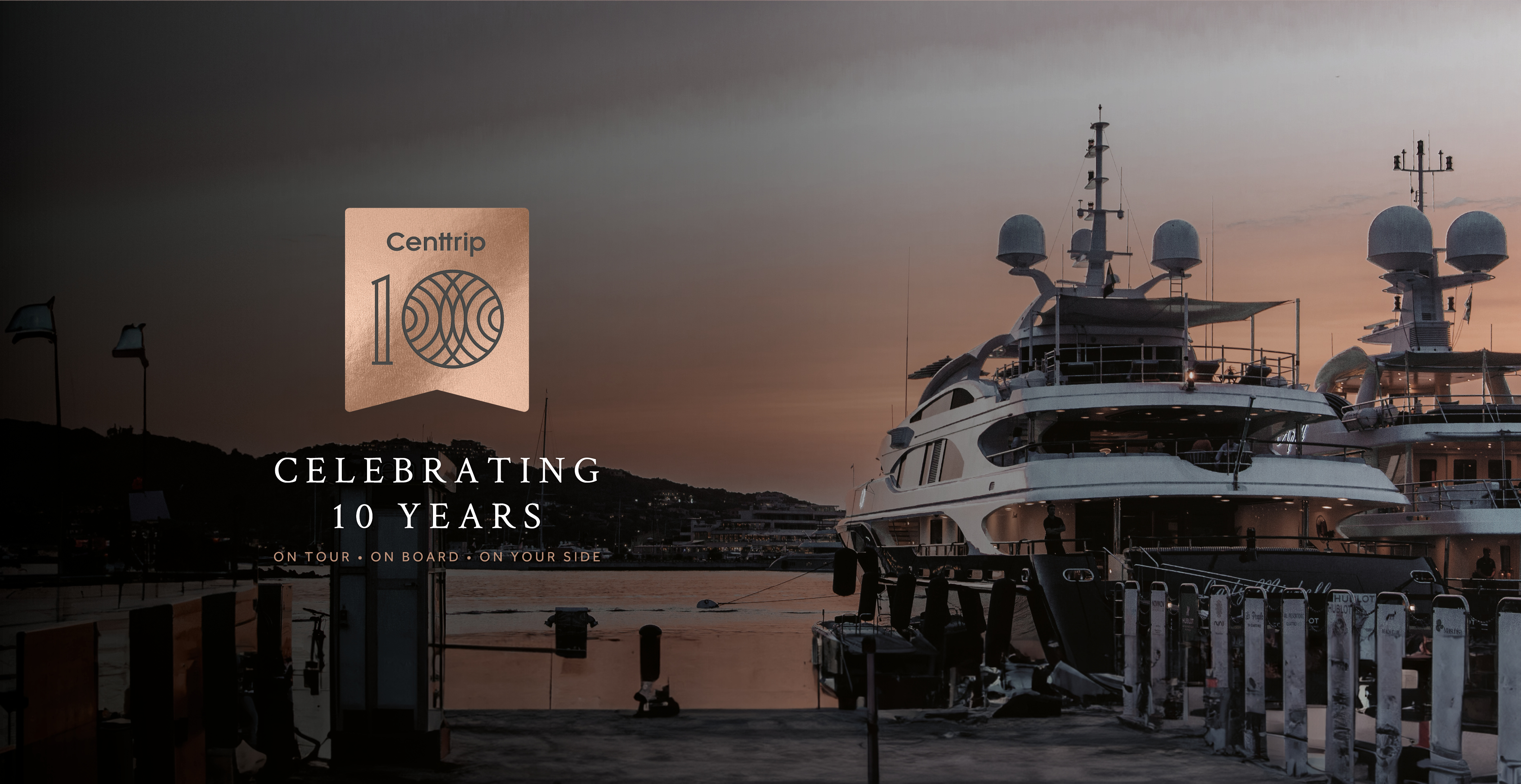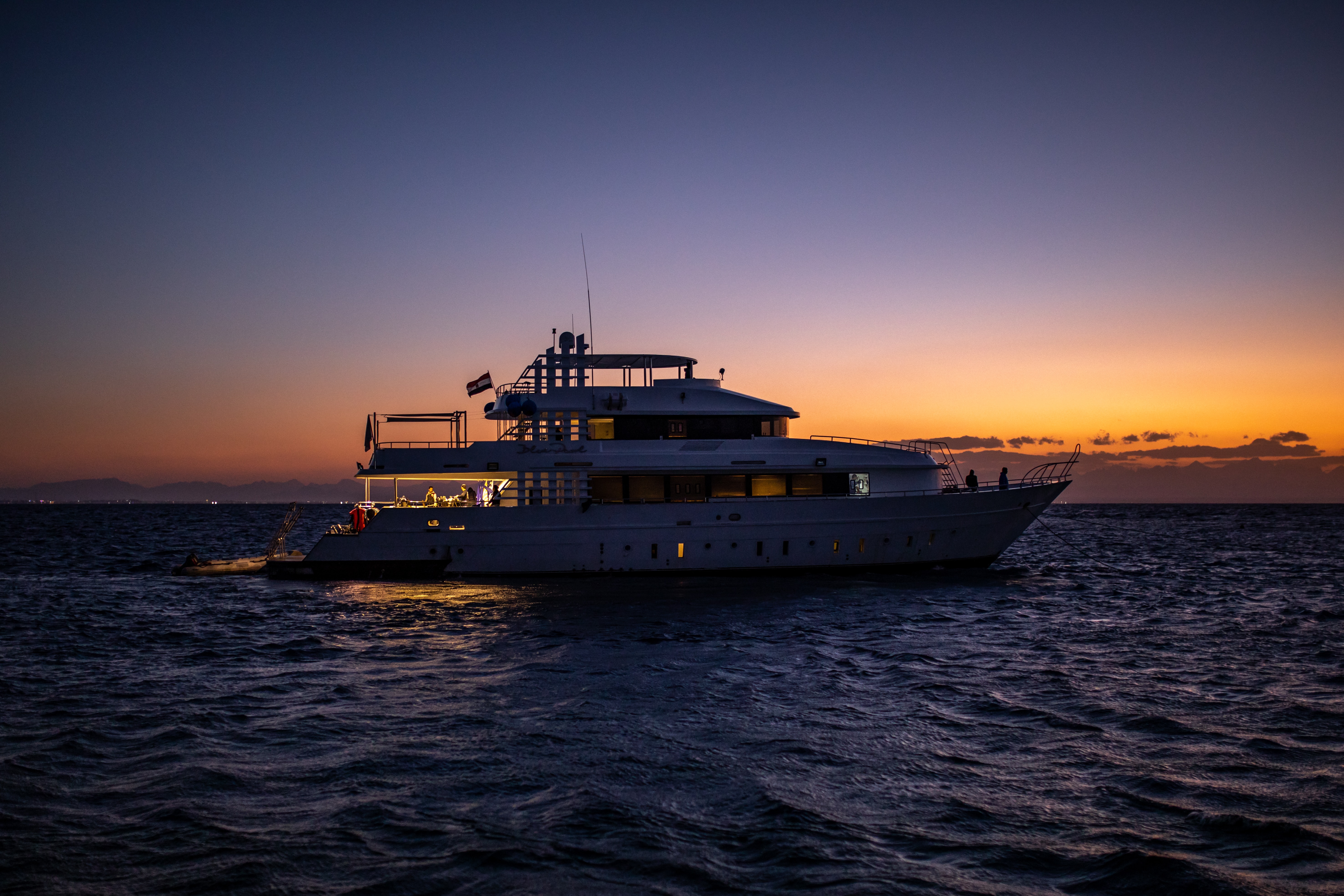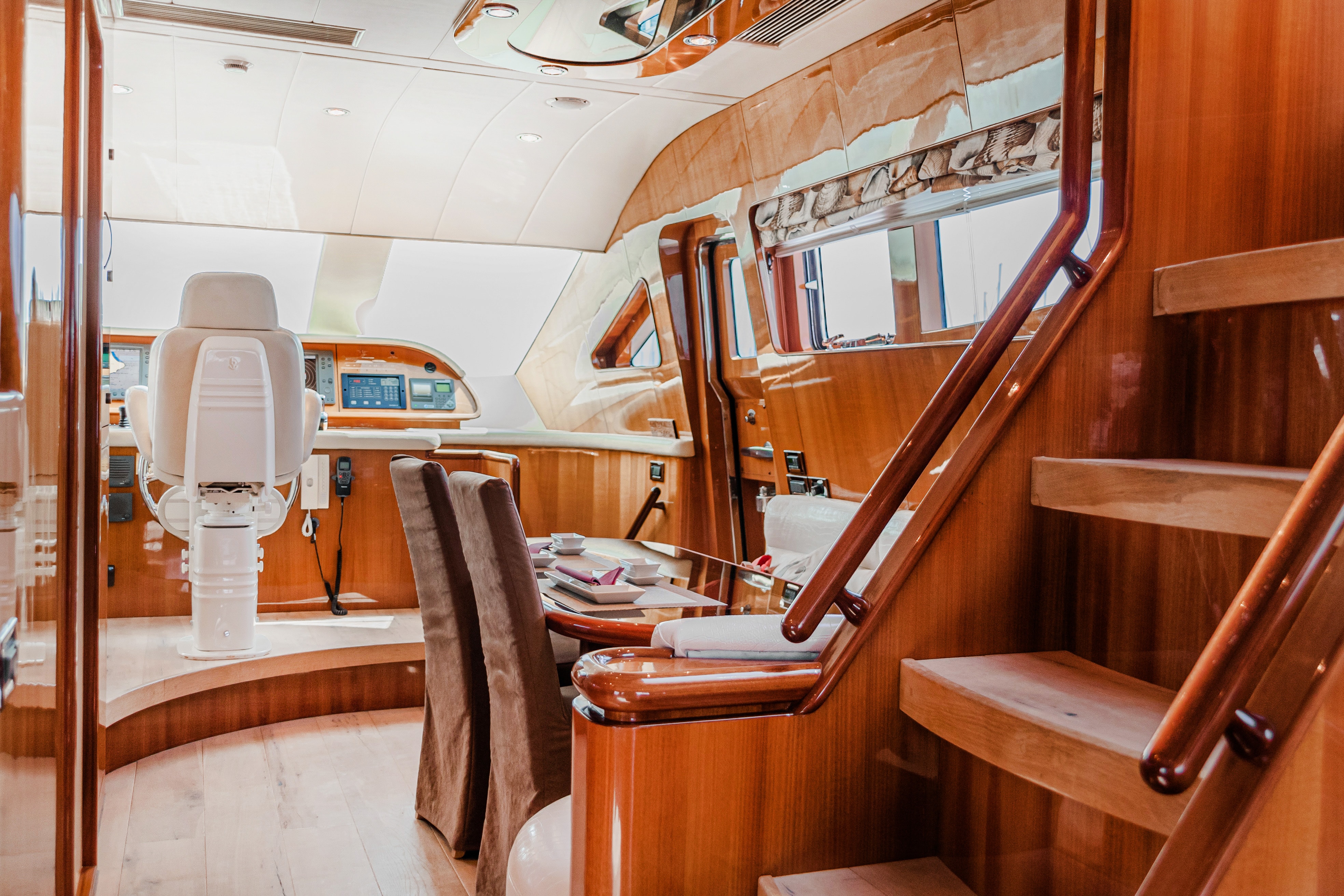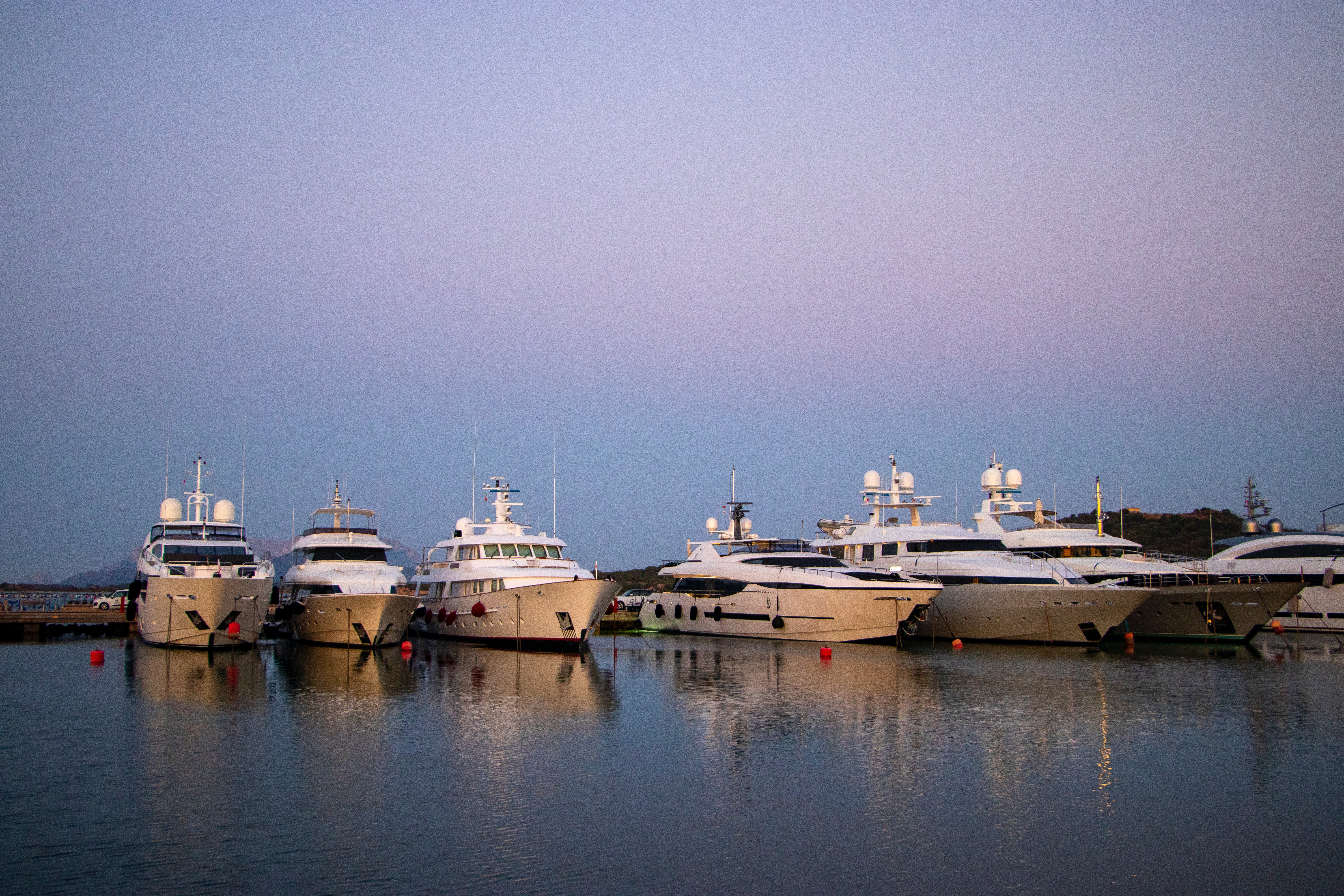
What was the biggest launch of 2013?
We speak to leading voices in the superyacht sector about a decade of change.
Centtrip launched ten years ago, in 2013. But the biggest launch of that year was the yacht Azzam. A decade later, it is still the world’s largest superyacht.
At 180m in length and a 13,000 gross tonnage, Azzam has accommodation for 36 guests and up to 80 crew. It boasts a 522m2 main saloon, helipad, mini submarine and – at least according to some early reports – a missile defence system. It also has a top speed of 33 knots.
Other notable launches from 2013 include Madame Gu, Galactica Star, Graceful, Solandge and Choi Chopi.
In the 10 years since then, the global fleet of superyachts has expanded by over one third (36%), according to SuperYacht Times’ State of Yachting 2023 report.
A lot has changed in the decade, so we asked some of the industry’s leading voices for their views on the most significant developments. We spoke with Pauline Mackie from TWW Yachts, Merijn de Waard, founder of SuperYacht Times and Paul Flannery at IYBA. Here’s what they told us.

More boats, bigger boats, more exotic boats
There are 5,555 yachts larger than 30 metres in operation as at the end of 2022, with a further 668 in build. That’s according to SuperYacht Times’ research. But it’s not just the size of the fleet that’s increased. The average superyacht is getting larger, too.
As IYBA’s Chief Operating Officer Paul Flannery observes, “It used to be that 30 metres was considered a large yacht. Now, 40 metres is entry-level.”
At the start of 2013, 66% of the superyacht fleet was in the 30-40m bracket, with just 2% measuring over 80m. Today, just 63% are 30-40m with every larger bracket growing in size. Yachts over 80m now constitute 3% of the fleet. And of those still in build, 6% are over 80m. Twenty-seven of the 43 “over 80m” yachts under construction actually measure more than 100m.
Design has also changed.
“When you look at styling and design of superyachts, it’s now more about exploration, spending more time on your yacht, travelling further afield,” says Merijn de Waard, the founder and Managing Director of SuperYacht Times.
Everyone agrees that clients are getting younger, with many having made their money in the tech sector, and this is also influencing design. Younger, more adventurous owners with younger families want to spend longer on their yachts. That means a more accommodating design, more toys and more potential for adventure.
Owners and charter clients want more space, whether that’s deck space or beach clubs. As Pauline Mackie, Executive Director of TWW Yachts, says, “Clients want choice. Having extra space gives them the option to have an extra jet ski or to convert the deck into a basketball court. We see the same concept in homes. People love open plan because they want the ability to use their space in different ways.”
In the last few years, the Covid-19 pandemic accelerated already nascent, nomadic trends. Owners can work from their yachts, anywhere in the world, so again, they can spend longer onboard and travel further. Pauline and Paul both feel the pandemic has led to a greater appreciation of the unique, shared family experience that yachting offers.

The superyacht sector is not just growing, it’s growing up
There is a definite sense of the sector maturing.
New support services have evolved as the industry has grown. The superyacht sector is still small compared to other industries – and still dominated by smaller, often family-run businesses – but consolidation and the emergence of some larger players have brought professionalism and predictability. Associations like IYBA, MYBA and ECPY have lobbied for and introduced common standards, international regulations and standard contracts.
Cash is no longer king. Ten or 20 years ago, it was common for yachts to carry very large sums of cash. Even €100,000 to cover a charter’s advance provisioning allowance (APA) was not unusual. But things have changed.
“Absolutely gone are the days of walking down the streets of Monaco with a bag full of cash,” Pauline says.
Anti-Money Laundering (AML) and Know Your Customer (KYC) regulations have driven the requirement for change while fintech services like Centtrip provide a better, more secure, way to manage APAs.
Technology has driven change across the business. Digital is everywhere, from yacht housekeeping and onboard entertainment to financials, and from navigation to remote management and monitoring (such as predictive maintenance).
“When we launched SuperYacht Times in 2007, we were not selling our advertising solutions,” Merijn recalls. “First, we had to sell the idea of the internet because the whole industry was only advertising in print.”
Charter and brokerage have moved from wet signatures on paper sent through the post to e-signatures and email.
Services like Centtrip, which offers anytime, anywhere expense management and multi-currency payments, are a part of the digital transformation that has swept over yacht management in the decade.
Multi-currency cards and payments are important to support the greater appetite for exploration and new destinations.

The growth of superyacht charter
Social media and the Instagram generation have played their part in driving desire for beautiful new yachting destinations.
“Can I charter a yacht there?” Increasingly, as Merijn says, the answer is “Yes.”
As the superyacht fleet has grown, the charter market has grown too. Even wealthy yacht owners often seek a commercial purpose for their boat.
“If owners get to use their yachts six or eight weeks a year, that’s a lot,” Paul says. “It you take a month per year of maintenance time, that still leaves nine months of downtime for the boat. Charter has become a huge piece of the puzzle.”
The charter market is also a big driver for superyacht ownership, adds Merijn. “Charter is extremely important. A lot of buyers have previously chartered a yacht. The more people you get on the water, the bigger the potential market becomes.”
Across the wider yacht market, Paul says that he’s seen ownership retention rates increase from 40% to 75% as people appreciate the benefits of yacht ownership and the sector does a better job of selling those benefits.

New horizons, new destinations
Superyacht clients are seeking new shores to explore. The design trend of explorer yachts reflects the growing appeal of more exotic or extreme destinations, while even more traditional designs are venturing further. Eastern Mediterranean destinations like Greece, Turkey and Croatia are increasingly popular, along with more exotic locations like Antarctica and South America.
“The Middle East is pushing very hard to attract more yachts,” Merijn says. “We’ve all seen Saudi Arabia’s development of NEOM which will become a superyacht destination in time. In the Gulf region, Dubai is already home base to a lot of yachts, especially in the winter, and is becoming something of a hub.”
Asia, including Thailand and Vietnam, are growing in potential as are US destinations like New England and Alaska.
Logistics and regulations are big issues for any new or emerging destination, but the questions of insurance, regulation and travel begin to resolve themselves as more yachts travel there and crews become familiar with local requirements.
Looking to the future
What do the next 10 years hold?
After a very strong (post-Covid recovery year) 2022, there are signs that the market is slowing, constrained both by economic uncertainty (on the demand side) and boatyard capacity (on the supply side). However, in the longer term the sector is likely to continue to evolve and grow.
Yacht design will evolve to meet new demands including, of course, sustainability. It’s a challenging area for the industry. As Paul admits, “There's nothing necessary about yachts.”
And yet, the industry is making changes. Significantly greener yacht performance is probably 10, 20 or more years away, but client priorities have moved from top speed to fuel economy. Boat builders are increasingly making more eco-responsible choices in the materials they use and the industry is collaborating in bodies like the Water Revolution Foundation to address ocean conservation and sustainability.
New destinations will develop and also, perhaps, new business models. The recent growth in cabin charters is one example of the charter sector reaching a wider demographic.
Wherever superyachts go, Centtrip will go too, providing the real-time, anytime, anyplace visibility and control over multi-currency cards, payments, and expenses that yacht operators require.
Centtrip has come a long way since our launch, 10 years ago. We’ve grown from nothing to now supporting over 70% of the world’s largest, commercial superyachts and that’s because of our clients. We enjoy deep, long-lasting relationships with yacht managers, captains, brokers, and others in the industry and that helps us develop the products and service they need to be successful.
10 years on tour, on board and on your side.

